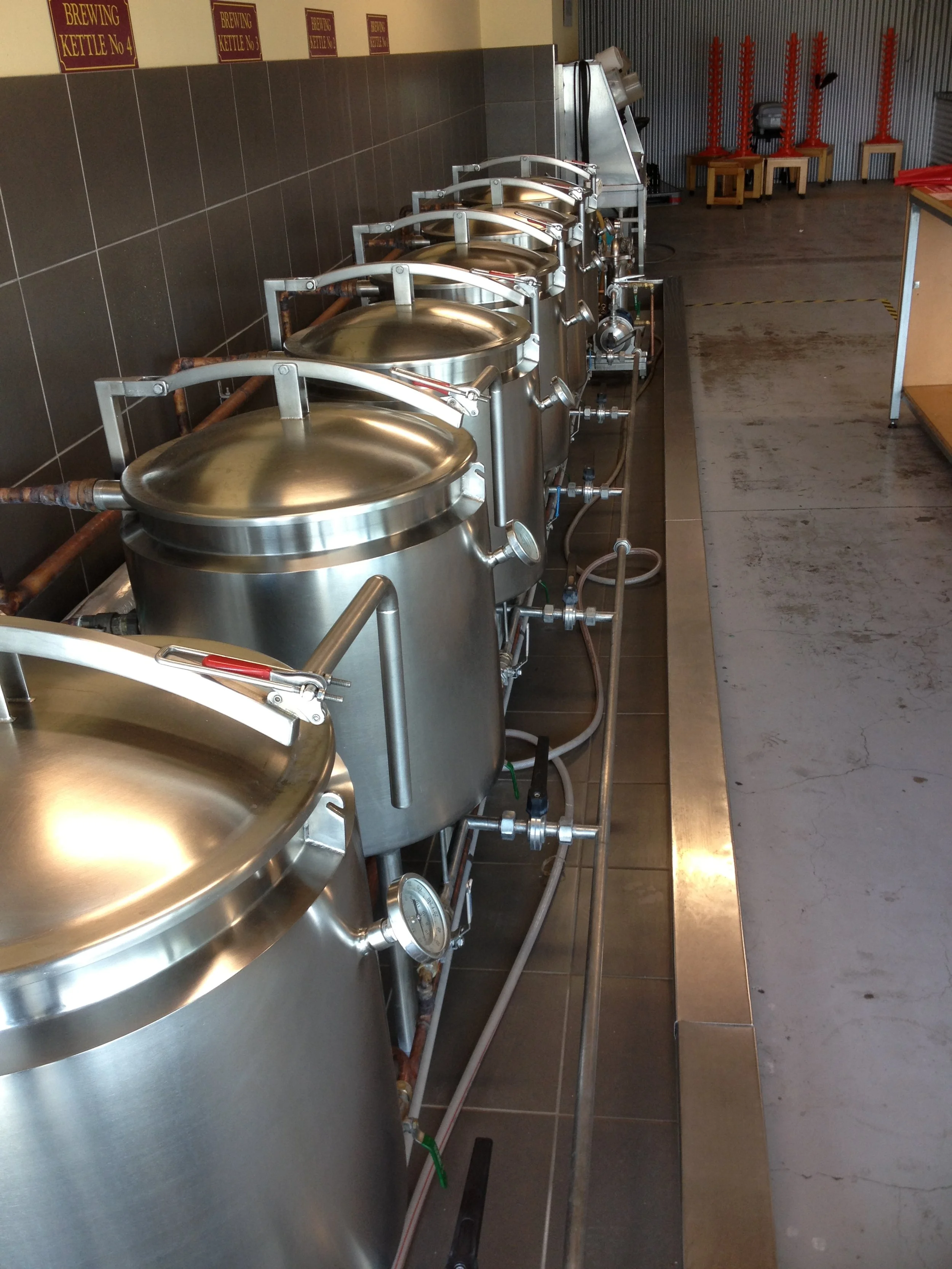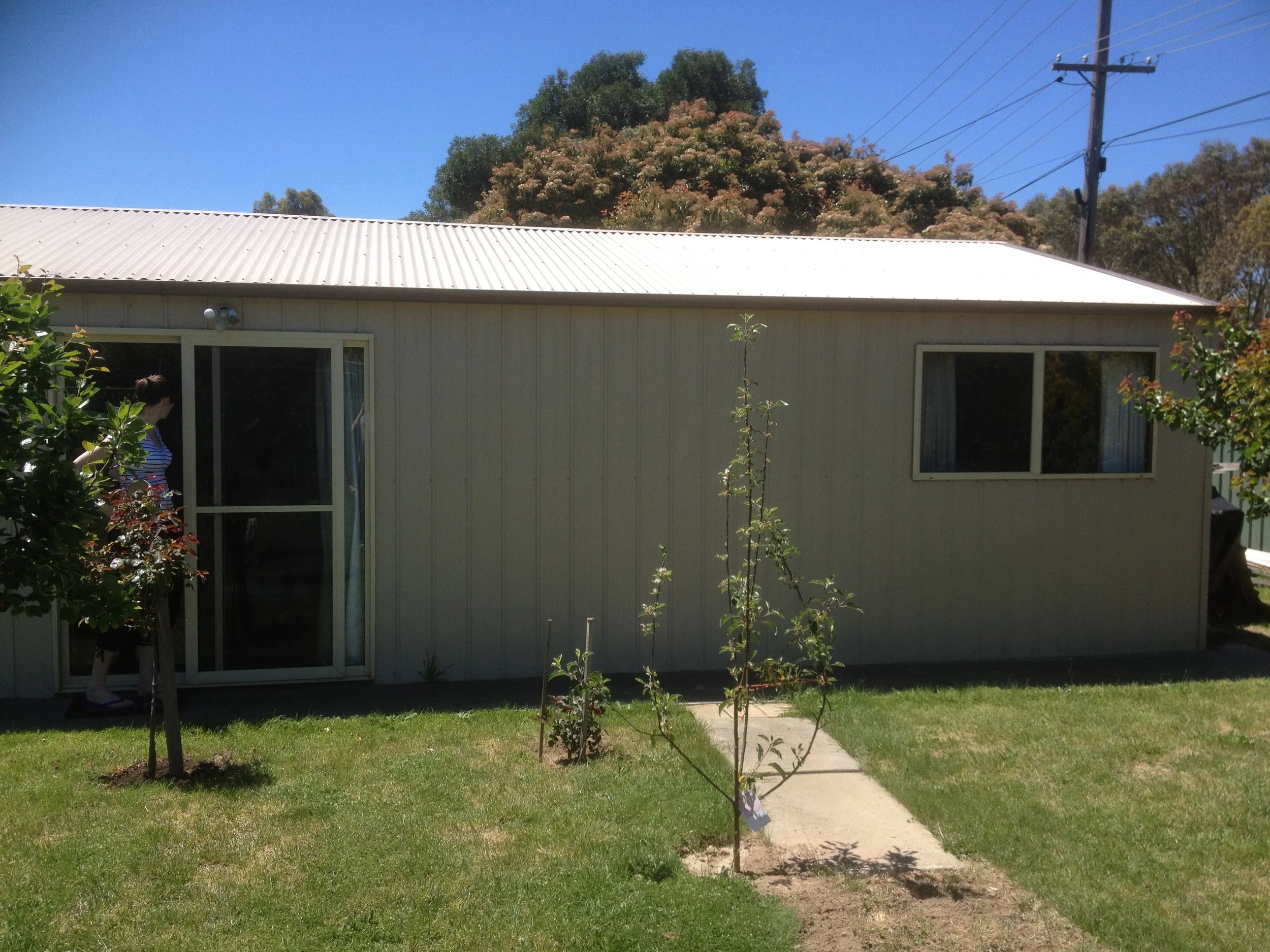How a young entrepreneur used inversion to save his micro brewery
How a young entrepreneur applied a strategy used by a famous rock band, artist and one the most successful businessmen of the 20th century to rescue his micro-brewery
Colin Grant was fresh faced 25-year-old looking for his next adventure, and a way to create a better life for his young family.
He’d done well being a franchise owner of a Zambrero Mexican fast food store and thought to himself, ‘what if I can do this again?’ He’d read a book by Brad Sugars on buying businesses and decided to back himself to create another success like his Zambrero store.
Searching through classified advertisements in his hometown of Canberra, Australia, Colin found an opportunity to purchase a struggling microbrewery called The Canberra Beer Company. Confidence started ‘brewing’ inside him. He decided to go for it and become a beer baron.
Colin struck a deal to buy the micro-brewery on deferred settlement terms, which would give him the time he needed to fix the business and generate enough profit to pay the vendors.
The Canberra Beer Company brew kettles. Picture supplied by Colin Grant
The business had a great product, but revenues had been declining to the point of no longer covering operating costs.
He thought the business had a simple problem to solve:
“We aren’t selling enough beer.”
Understanding the real problem
Within six weeks of taking the keys to the new business, one he had no prior experience working in, he learned two important things that reshaped his understanding of the reasons for the problem:
Most pubs were locked into contracts with major brewers such as Toohey’s or CUB. In these contracts, the suppliers provided the taps, fridges and other equipment for ‘free’ in return for committing to only sell their beer on the majority of taps they provided.
This meant most pubs had only one or two taps available for other brewery’s to supply, which significantly increased competition for microbreweries like Colin’s.Bar Managers preferred to rotate the beers they purchased for the one or two ‘uncontracted’ taps roughly every month, so their customers always had something new and interesting to try.
This was causing an 80% monthly churn rate. Which meant sales needed to be replaced every month to just maintain existing revenue which was a huge challenge to keep up with.
This was a problem that Colin had to solve quickly. He worked out he had about a two months to turn around sales to avoid a cash flow crunch he couldn’t recover from.
At the same time, his then wife was pregnant with their first child. They were living in a converted shed in the backyard of a pleasant, but completely eccentric, elderly Yugoslavian man's house. He needed to solve the problem not just to save the business but to provide a real home for his young family.
Colins ‘home’ at the rear of an elderly man’s back yard. Picture supplied by Colin Grant'.
The result he needed was to sell five kegs of beer per customer per month and retain them for at least six months. And he needed to achieve this without spending any money.
Colin worked out his solution needed to satisfy these four questions:
How do we stand out from other brewers to make more sales?
When we get on the beer taps, how do we stay there?
How do we do it without spending money?
How do we do this in less than two months?
This formed the checklist he used to evaluate his solution ideas.
Searching for the right solution
The first idea he came up with was to start selling his beer direct to consumers and not to pubs.
“I had seen another brewer in the UK struggle with the same challenge and their answer was simple. If we can't get any bars to sell our beer, we'll buy our own bars and then sell our beer through a chain of our own pubs and bars.”
Colin looked at starting their own bar but found local government restrictions prevented on site direct to consumers sales in their suburb and they didn‘t have the funds to move
They investigated buying pop up or mobile bars as well as making and selling boutique kegerators direct to consumers (a little fridge with a keg inside and beer tap on top). These were too expensive also.
They also looked at other distribution channels, including selling to liquor retailers, but wouldn’t be able to solve the packaging problem fast enough.
Colin had to rethink and find another way.
He had a big whiteboard in the brewery that he kept hidden out of view of staff and customers. He wrote down all the ideas in his head to work out what the ‘real problem’ was. When staff had left for the day, he wheeled the white board into the middle of the brewery to give himself more space to stare at the problem and think.
The problem solving whiteboard. Picture supplied by Colin Grant
Colin was worried, nervous about the future, but remained confident of finding a path out of this dark place and realise the dream he had for his family.
He kept saying: “what if we win?” to keep himself and his team positive. He didn’t want the negative thoughts of worrying about failing and letting his family and friends down to cloud his creativity to come up with solutions.
“My stomach turned when I looked at the numbers, but I genuinely believed we could turn it all around.”
Using what was wrong, to be right
Colin knew enough about himself to know that his best thinking came when he was moving, not sitting in a chair.
Early one morning, he took himself for a long walk, letting his mind wander searching for alternative ways of looking at the problem. The cool Canberra air wrapped around him like blanket pulled from the chiller in his brewery.
He wrestled with his thoughts, telling himself to start from a place of positivity to let the ideas flow, to allow new connections to form.
Colin started thinking about whether seeing things from the opposite perspective, to invert the problem, would generate new ideas. Thinking about how he could be wrong to be right.
He thought to himself: “every craft brewer thinks they have the best beer”. People selling beer walk into the same bars with the same pitch, saying something like: “my beer’s the best, please buy my beer, your customers will love it”.
He had a flash of inspiration ‘rather than sell them our beer and tell them what is good for their customers, why not sell them their own beer?’ he thought.
“Instead of saying ‘buy my beer’ we could say ‘how would you like to make your own beer for the bar?”
His mind raced, he could feel the beginning of a solution falling into place.
“They could come up with their own name and flavour profile guided by our brew master. We could invite the bar staff to the brewery to participate in making their beer and really let them take ownership over it.”
“Once the bar staff had made the first batch, their team would take over and make any additional batches for them.”
After selling ‘their beer’ to them, when patrons walk into a bar and ask the staff ‘what’s this stuff, is it any good?’, the passion would pour out as bar staff spoke in detail about the flavour profile and the ingredients and the entire brewing process because they cared about the beer. It was their beer.
Then, rather than giving up the tap to the next craft brewer each month, anytime the bar wanted to try a new beer they would come out and simply repeat the process and make a new variety.
The solution was:
Differentiated.
Addressed churn.
Didn’t cost money to implement.
Could be implemented immediately.
Inverted thinking has been used widely to solve problems
Inverted thinking, where you look at something from the opposite direction, has been used widely by musicians, artists, and entrepreneurs to find solutions to challenging problems.
Nirvana used this strategy to reshape the rock music industry in the 1990’s when they recorded the Nevermind album. James Clear, author of best-selling book Atomic Habits wrote: ‘where hair metal bands like Poison and Def Leppard spent millions to produce and promote each record, Nirvana recorded Nevermind for $65,000’.
“Where hair metal was flashy, Nirvana was stripped-down and raw.”
It was the opposite of what people at the time were buying.
In 1979, Andy Warhol started his Reversals series, where he inverted his best-known artworks, including portraits of Marylyn Monroe, turning light areas into dark and shadows into colour resulting in visually striking reinterpretations.
Charlie Munger, Warren Buffett’s business partner at Berkshire Hathaway, is a big fan of inverted thinking. He has said:
“Invert, always invert: Turn a situation or problem upside down. Look at it backwards. Instead of looking for success, make a list of how to fail instead–through sloth, envy, resentment, self-pity, entitlement, all the mental habits of self-defeat. Avoid these qualities and you will succeed. Tell me where I’m going to die so I don’t go there.”
Getting traction
Colin pitched the idea to Bar managers the next day.
Instead of pushing the benefits of their product to hook a Bar Manager’s interest, Colin simply said ‘how would you like to buy your own beer from me?’. The opposite of what they were used to hearing.
Bar managers loved the idea.
Within six months, Colin and his team had increased sales by 300% and had an 80% retention rate.
Colin had found a solution to his problem of not selling enough beer and having high customer churn rates.
Relief had replaced worry. But not for long.
Solving one problem created another one
As beer sales started flowing, another equally challenging problem emerged. A fast growing ‘cash trap’. Colin was selling his beer on 30-to-90-day terms but had to pay for materials and an ‘excise tax’ to the government before he was getting paid by his customers.
The more beer he sold, the more they had to find additional funding to cover the costs of sales before they received payment from pubs.
The next solution: Colin renegotiated customer payment terms to be cash on delivery which was accepted because quantities were relatively small for the bars they supplied.
Twelve months later Colin sold his beloved microbrewery to give himself more time to be with his young family.
It was one of the best learning experiences of his life.
Key learnings
Colin’s key learnings from solving his microbrewery’s sales problem were:
Take the time to understand the problem and what’s causing it.
Never give up belief in yourself that you can find a solution.
The best connections to find solutions come when you start from a positive mindset.
Look for ways to see things from a different perspective, particularly where you need to stand out from the crowd to be successful.
Do things to clear your mind, like going for a walk, to let ideas come to you more freely.



